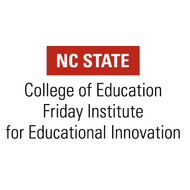(View Complete Item Description)
This lesson emphasizes the 4 Cs (critical thinking, collaboration, creativity, and communication). It is designed with a media center setting in mind, but could take place in a regular classroom.
Students will work in pairs, with each partner creating a written plan for a micro:bit coding project. They will then trade plans with their partners and follow their partner’s written plan to create appropriate code. If micro:bits are available, students will then download the code to the physical device(s) to see it run.
Next, students will reflect on the collaborative process and record their reflections, either in written form or as a video or audio recording. These reflections can be shared with either the instructor or the entire group.
Material Type:
Lesson Plan
Author:
Sarah Breeze


















